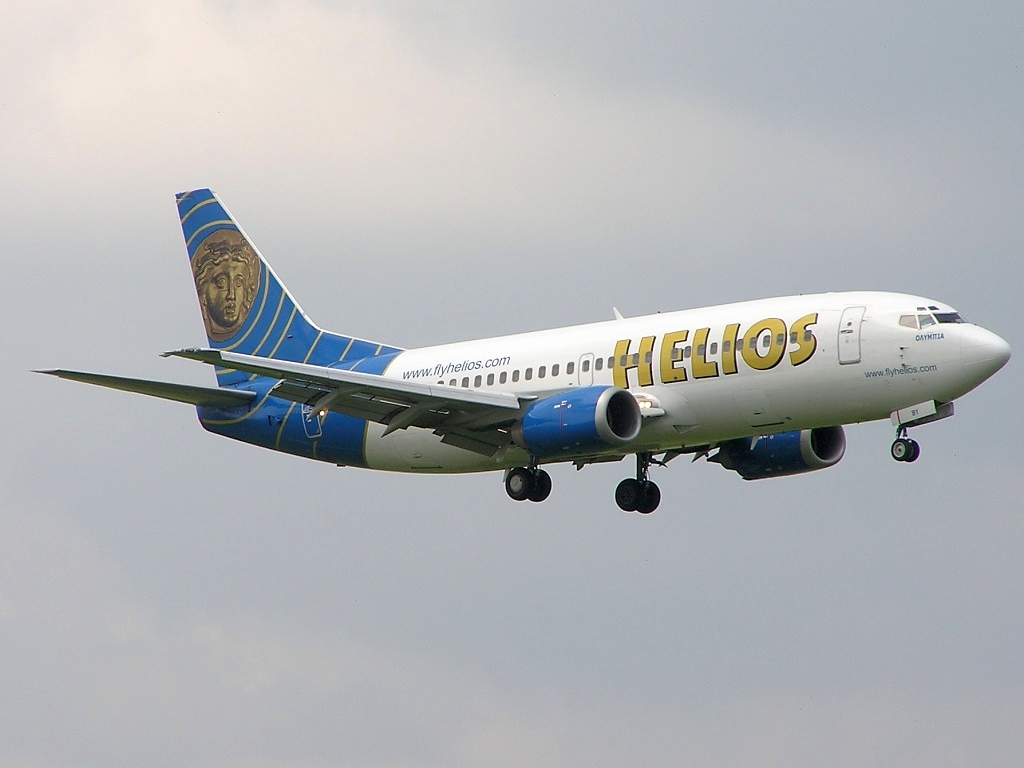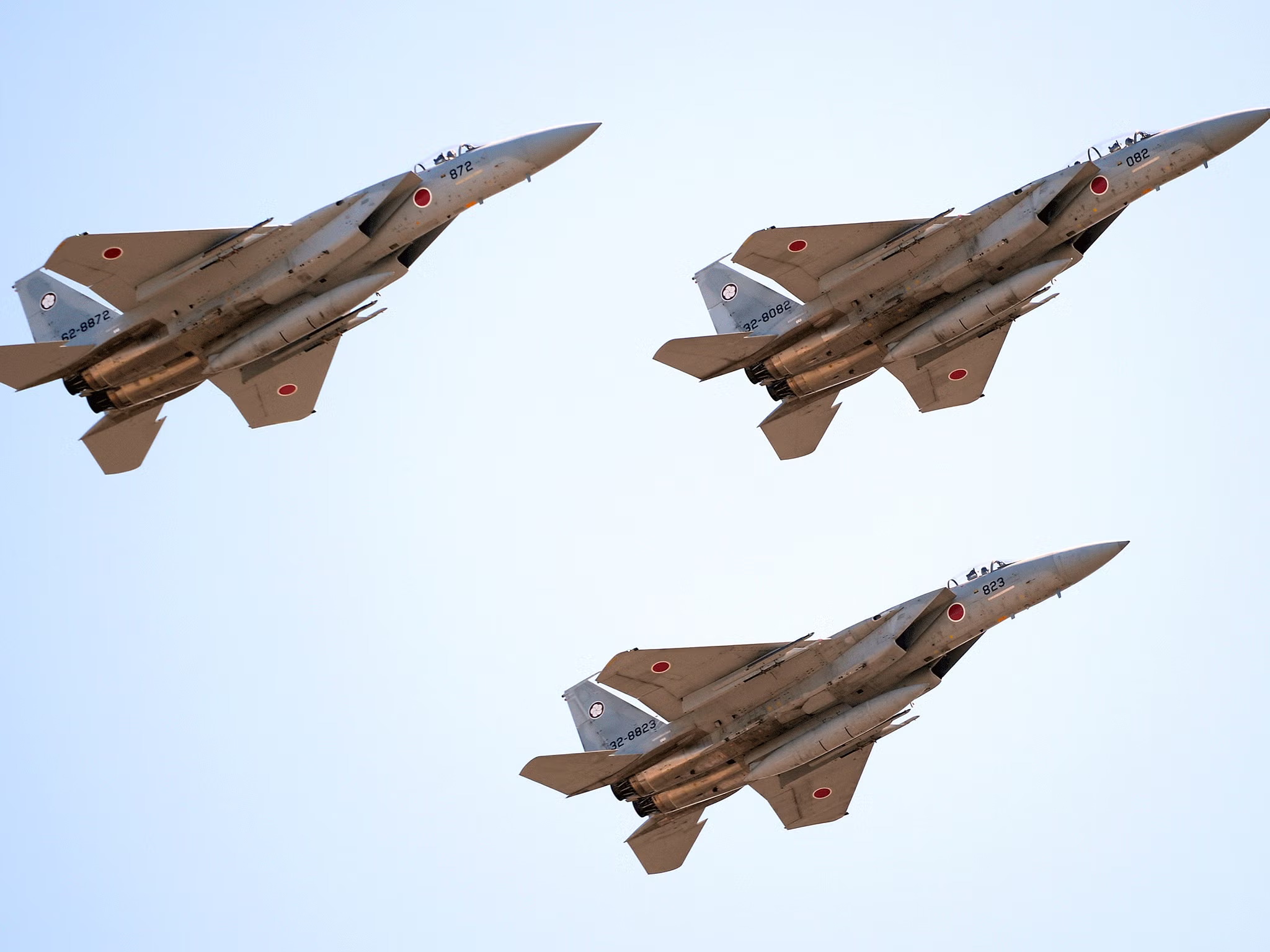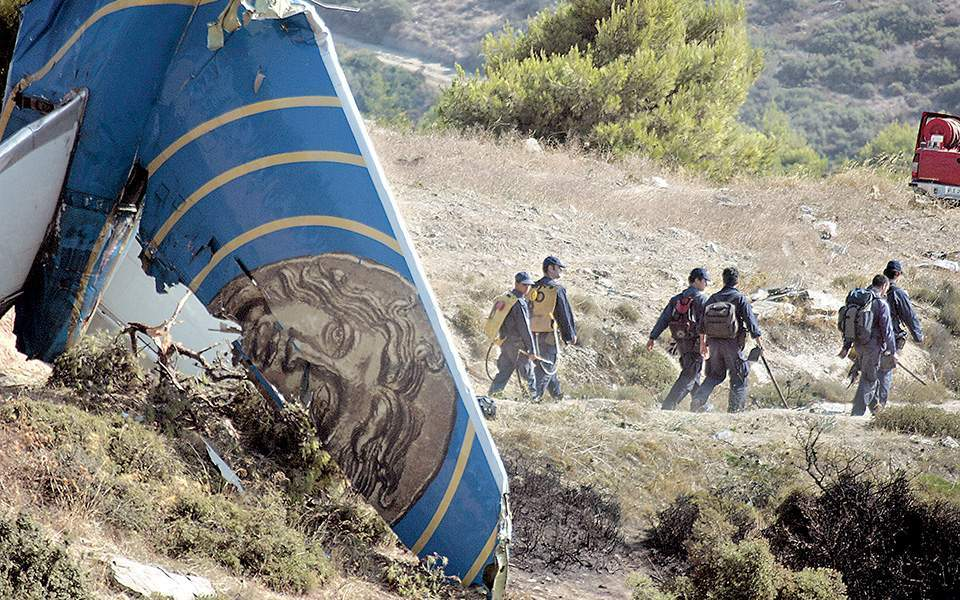The flight that took a haunting turn
On August 14, 2005, Helios Airways Flight 522 left Larnaca International Airport in Cyprus, heading to Prague with a scheduled stop in Athens.
Onboard were 115 passengers and 6 crew members. Everything seemed normal during takeoff, but within minutes, disaster quietly unfolded.
As the aircraft climbed, a loud warning alarm began to sound. The pilots misread it, assuming it was related to an equipment cooling issue rather than a loss of cabin pressure.
This critical mistake set the stage for what would soon become a chilling and deadly sequence of events.

A silent killer: cabin depressurization
The aircraft’s pressurization system had been left on manual from a previous maintenance check and was never switched back to automatic.
As a result, the cabin failed to pressurize at high altitude. Hypoxia—oxygen deprivation—set in quickly.
Passengers and crew alike would have started feeling lightheaded and confused. Eventually, they would have passed out entirely.
The most terrifying part? This happened without any loud explosions or fire—just silence and loss of consciousness as the plane continued to climb.
Fighter jets find a “ghost plane”
When the plane stopped responding to air traffic control, Greek authorities scrambled two F-16 fighter jets to intercept it.
The fighter pilots approached the aircraft and peered into the cockpit windows. What they saw was deeply disturbing.

According to the pilot’s testimony, the captain’s seat was empty, and the co-pilot appeared to be slumped over, lifeless.
In the cabin, oxygen masks were dangling, but no movement could be seen from the passengers.
A final act of bravery
One person was still conscious. Flight attendant Andreas Prodromou, who had been a trained pilot, managed to stay awake long enough to enter the cockpit and try to take control.
The F-16 pilots later reported seeing someone in the captain’s seat trying to regain command of the aircraft. Unfortunately, it was too late. The plane had run out of fuel and began to descend.
At 12:03 PM local time, after flying on autopilot for more than two hours, Flight 522 crashed into a hillside near Grammatiko, north of Athens. All 121 people onboard died.

Fallout and investigation
The crash of Flight 522 triggered a massive investigation. Authorities confirmed the cause as human error related to cabin pressurization.
The report criticized Helios Airways for poor maintenance protocols and highlighted lapses in training for dealing with depressurization emergencies.
The incident also revealed how easily a basic system setting could spiral into total catastrophe.
It wasn’t sabotage or a mechanical explosion—it was a switch left in the wrong position, and a misinterpretation of an alarm.
A lesson that shook aviation
This tragedy remains one of the most haunting cases in aviation history.
The idea of a plane flying itself for hours, full of unconscious passengers, captured the world’s imagination and fear.
It’s now referred to in media and aviation circles as the “ghost flight.”
Flight 522 is a stark reminder of how vital basic safety checks are—and how easily one mistake can cost over a hundred lives.
The memory of those lost continues to echo through air safety reforms that followed.